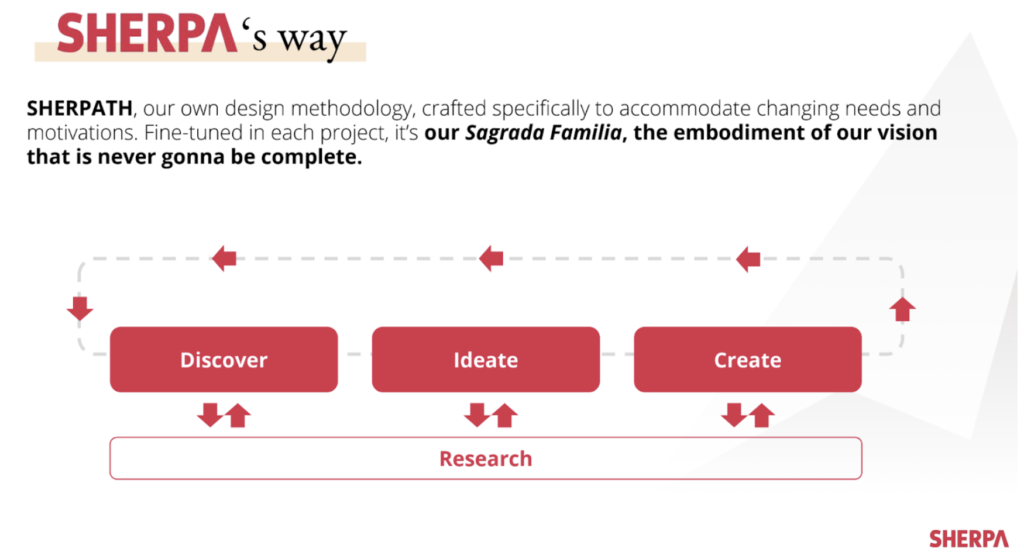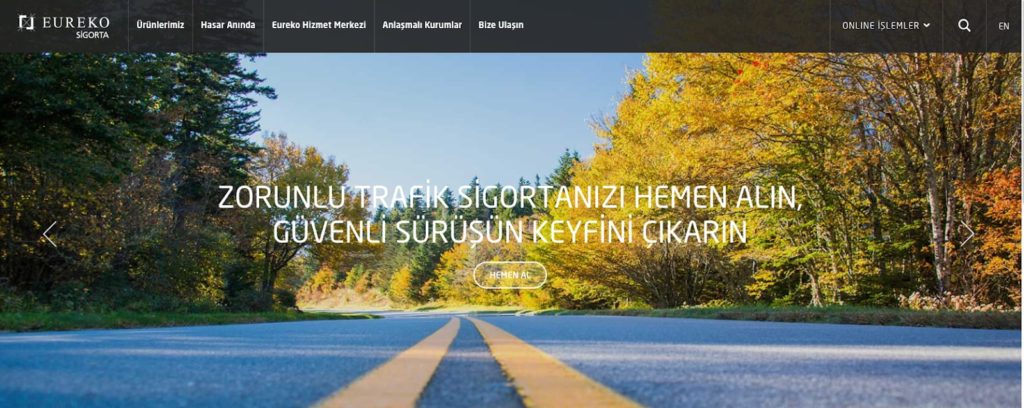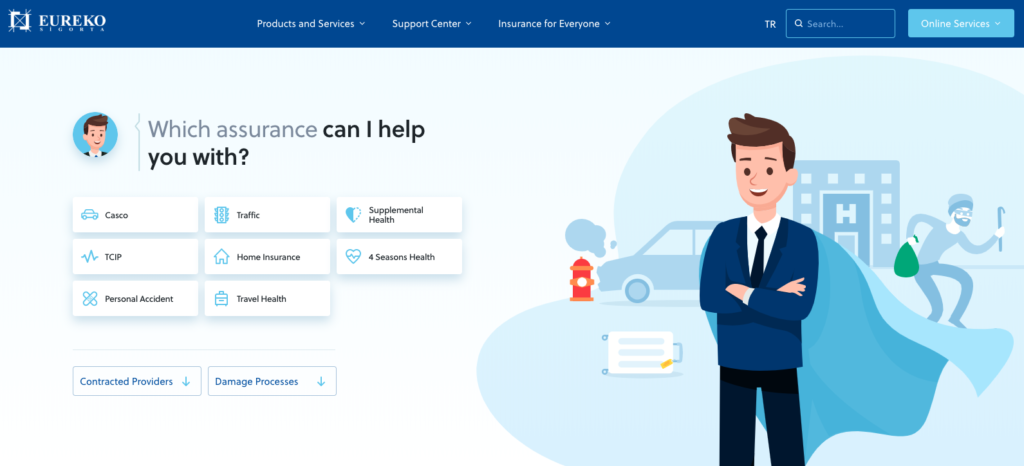There are some websites with heavy content and complex navigation structures. Before you visit them, you feel anxious about whether you’ll find what you’re looking at a glance. But once you start browsing, you experience a seamless information architecture intelligently designed and executed. My suggestion best case for those kinds of websites is gov.uk: UK Government’s Public Sector Information Website.
When I started investigating about the story of a single domain including 25 ministerial departments, 407 other agencies, and public bodies’ content, I found out that behind the scenes of this impressive digital transformation story lays down the initiative taken by the a.k.a “Digital Champion” Martha Lane Fox’s famous report named “Directgov 2010 and beyond: revolution, not evolution” targeting directly the UK Cabinet, emphasizing the need for a radical change in the way the UK Government digitally communicates. This report and the marginal economic gains proposed to the Cabinet were so clear and impactful that no one could stay still, and showing that one simple fact, well-told was enough to direct the rider, to motivate the elephant. Shaping the path was the next step. Government asked for feasibility on a huge project from GDS (Governmental Digital Services) with two simple but hard to achieve goals:
- To test, in public, a prototype of a new, single UK Government website.
- To design & build a UK Government website using open, agile, multi-disciplinary product development techniques and technologies, shaped by an obsession with meeting user needs.
With a bit of luck and the help of my dear friends (in this case, Kerem Alper) I had the chance to meet the man, the captain leading the team at the hardest times of this massive project: Ben Terrett, Head of Design @GDS 2011-2015. The story he shared with me was so inspiring and interesting that together we decided to publish it in Turkish at SHERPA’s Blog and in English at SHERPA website.
If you don’t know Ben yet, I’ll guarantee that you’ll be more than glad to know him. If you do know him already, you’ll find the chance to read about the behind-the-scenes of Gov.uk’s digital transformation, as well as actionable insights from Ben on design and product & team culture. So everyone will find something useful in this interview.
Not only being the one leading this transformation from 2011 to 2015 as the Head of Design @GDS, but Ben also has a really impressive professional background. Now he is the CEO of a Digital Transformation Agency, Public Digital, operating globally, where they help other world governments digitally transform.
Once we met, my first question was:
“You led a multi-disciplinary design team working across government on GOV.UK, and furthermore you joined the Cabinet Office when GDS was set up to deliver the recommendations in Martha Lane Fox’s “Digital by Default” report. How did you manage to put all of these into your basket? What is your secret sauce?”
Ben replied:
“Very kind, thank you. No secret sauce. I’m a designer and I do my hobby for a living which is a privilege. If I had to offer any advice it would be to always do things that interest you, to say yes more than no and to not be afraid of new opportunities. Take some risks. And always remember to focus on the quality of the work. If that’s good everything else will fall into place..”
Right after that answer, knowing how hard is to gain the RDI, Royal Designers for Industry title (he holds) as a designer, I asked him to enlighten me about the application procedure, requirements, and evaluation policies. He stated:
“It’s a real honor. I feel incredibly humbled as the other Royal Designers are incredible. I’ve since found out that everyone thinks that, even the most famous of the RDIs. There are only ever 200 RDIs at once and every year they get together and vote for new designers to receive the honor and join the group. Generally, they are looking for years of sustained excellence, design work that has improved the lives of others and a commitment to something like design education. Having now sat through a nomination and voting meeting I know how hard it is to meet that criteria. You don’t apply you get nominated, so it really is an honor.”
I confess that if someone had asked me to lead the design team whose responsibility would have been “the digital transformation of the UK’s public sector information” I’d be terrified at first. So I wondered how Ben felt when he was asked to lead this massive project. He replied:
“Simply to keep focused on the user need. To use design in a very functional way and not let traditional graphic design or marketing get in the way. To strip everything back and focus on getting tasks done online. I knew we would need a very strong typographic style and that a visual identity would come from being strict with simplicity. This blog post is a good example of that approach https://gds.blog.gov.uk/2013/06/18/retiring-our-icons/
I also wanted it to feel British with any nationalistic overtones. The New Transport typeface used on the UK road signs allowed us to achieve that. The designers Margaret Calvert and Kenneth Grange were very early inspirations for the project. Design-wise, it has a very modernist philosophy.”
Taking strength from Ben’s (to be respected) modesty, I could not restrain my curiosity and asked the question that its answer is probably the anticipated:
“To overcome the ever-growing requirements, never-ending scope changes, exhausting design feedback cycles and time pressure, what kind of design methodology you used to?”
The answer was shorter and clearer than I expected:
“The design process will be familiar to anyone who works in an agile, digital product environment. I wrote about it here.” https://gds.blog.gov.uk/2014/07/18/whats-the-design-process-at-gds/”
I knew that gov.uk launched in beta form in 2012 and replaced hundreds of public sector sites. It has wrapped in ministerial departments including the Foreign Office and the Ministry of Defence and organizations such as the Driving Standards Agency and HM Revenue and Customs. Since its implementation, gov.uk has become a one-stop-shop for Government services in the UK, letting people register for a birth certificate, apply for UK citizenship or find out when the next Bank Holiday is, all in one place. Gov.uk has been hailed for its design – in 2013 it won a Black Pencil at the D&AD Awards and was named Design of the Year by the Design Museum. That is quite a success.
However, I didn’t know the answer for, the “success criteria” of Ben. Did he succeed? He satisfied my curiosity:
“I didn’t really have a personal criterion. At GDS we had a very strong team culture and we were really focused on building a single domain that meets user needs. I wanted the design to help and be a part of that. I also felt that we should have a world-class design team and a world-class design output. We were funded by public money so we owe it to citizens to do work of the highest quality. I think we achieved that but although the awards were great, it was never a factor in my thinking or ambition.”
It was clear the gov.uk project had a sophisticated audience while working on government digital assets since there are lots of different personae. There should have been massive user research process to conduct, loads of insights to collect. Right after smiling meaningfully he stated:
“That’s a whole other interview :)”
And leaving the impression that user research was one of the hardest parts of the whole project deserving another stand-alone interview.
He gave a strict “No” answer for my “Did you work on a more challenging project than Gov.uk in your professional design life?” question, and an inspiring another respond to my last “Which one you prefer: Being the hands-on designer or the one who manages the designers?” question:
“I like making good design happen and I believe if you want to do that at scale you have to lead a team of designers. So I think the question answers itself. If you only ever do hands-on work you are limiting yourself and the impact your work can have.”
After listening to what Ben has achieved in the field of information architecture, I think that defining him as the “last information architecture master” can be a small but memorable indicator of my respect for his craft.
I’m really happy to meet you Ben.



